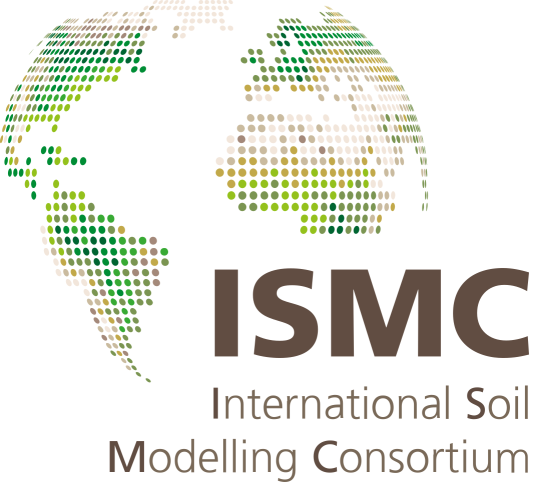Modelling coating cohesion effect on soil mechanical stability and permeability of the biopore - matrix interface pore region
Biopore surface is often characterized by finer particles and increased concentration of polysaccharides from root and earthworm exudates, presenting physico-chemical properties different from those of the soil matrix. Such exudates controls not only the wettability or sorption properties but also the adhesive forces of the surrounding soil particles. Thus, increased mechanical stability may be expected on biopore-matrix interface affecting preferential flow and transport processes, as well.
However, it is still unknown (i) to what extent the particle cohesion in the coated region is able to increase the resilience of the biopore to an external loading and (ii) how it affects the permeability of the biopore-matrix pore region.
We created a discrete element model (DEM) model of a hollow cylindrical soil sample with a coated biopore in the center (i.e., 1 cm height, 1 cm outer and 0.6 cm inner diameter). The spherical particles in the model presented diameter of 0.13 mm for the coated material and 0.22 mm for the soil matrix. The cohesion among particles in the soil matrix was set to a constant value of 10.9 MPa while the cohesion among particles in the coated region varied between 10.9 and 50.9 MPa. The sample was subjected to axial compression and the force and cracks recorded. The permeability in the radial direction from the biopore to soil matrix was calculated using ImageJ and a 3D stokes solver (FDMMS).
The increment in the coating cohesion increased the overall soil stiffness in terms of the Young’s modulus. Before axial compression, the calculated hydraulic permeability for the interface coating and matrix was 182 μm2. After compression, although the lower coating cohesion resulted in a larger number of cracks, permeability increased with coating cohesion. This suggests that with increasing soil stiffness, the cracks decrease in number but increase in length (i.e. improved connectivity).
How to cite: Pires Barbosa, L. A. and Gerke, H. H.: Modelling coating cohesion effect on soil mechanical stability and permeability of the biopore - matrix interface pore region, 3rd ISMC Conference ─ Advances in Modeling Soil Systems, online, 18–22 May 2021, ISMC2021-38, https://doi.org/10.5194/ismc2021-38, 2021.

